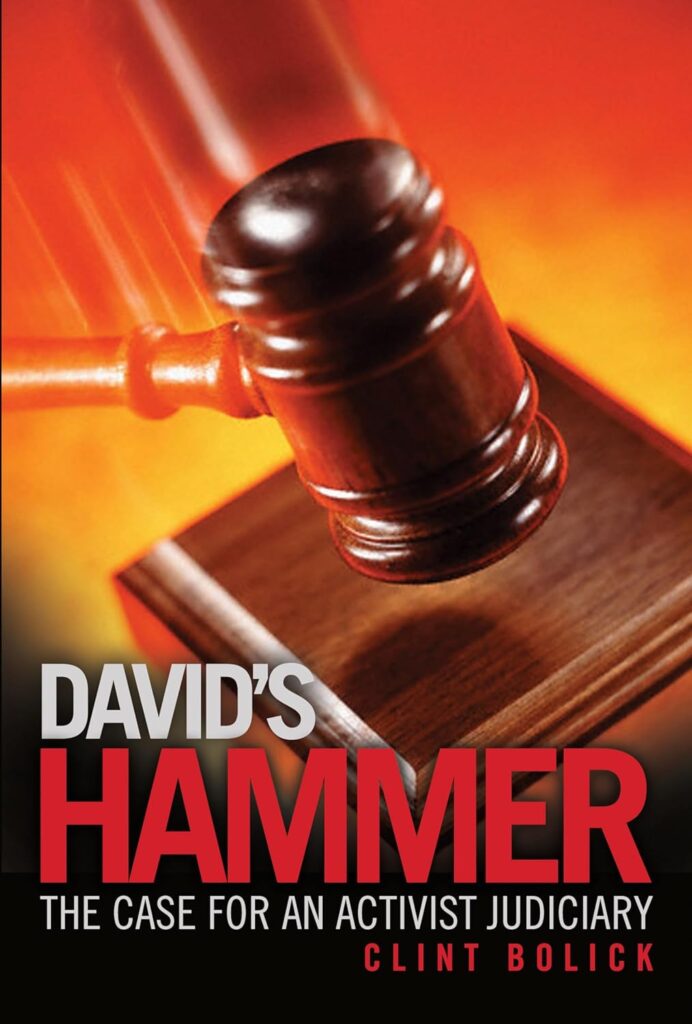David’s Hammer

An instructive look at the people Doug Ducey packed the courts with so he could pretend to object when they inevitably restored a 160-year-old territorial abortion statute:
It does not escape my attention that this law owes its rebirth to an effort by Doug Ducey, then the governor, to expand the Arizona Supreme Court’s membership from five to seven justices. Ducey then stacked this enlarged court with reliable conservatives.
All four of the justices who were part of the majority in last week’s abortion ruling were appointed by Ducey. One of them, Clint Bolick, is a longtime conservative legal activist and the author of “David’s Hammer: The Case for an Activist Judiciary.” He represents a type of judge whom the legal scholars Robert L. Tsai and Mary Ziegler call a “movement jurist,” defined as “someone who is socially embedded in movement-aligned networks outside of the formal legal system and is willing to use a judge’s tools of the trade in the service of a movement’s goals.” (Another Ducey-appointed justice, William G. Montgomery, once said that Planned Parenthood was “responsible for the greatest generational genocide known to man.” He recused himself from this case.)
The Tsai/Zeugker article is excellent and I strongly recommend it.
It’s always worth repeating that whatever you think about overruling Roe “democracy” had nothing to do with it:
And so we have the North Carolina Legislature gerrymandered to produce Republican majorities, the Ohio Legislature gerrymandered to produce Republican supermajorities, the Florida Legislature gerrymandered to produce Republican supermajorities, and the Florida Supreme Court overhauled to secure and uphold Republican priorities.
The states’ rights case for determining abortion access — let the people decide — falters on the fact that in many states, the people cannot shape their legislature to their liking. Packed and split into districts designed to preserve Republican control, voters cannot actually dislodge anti-abortion Republican lawmakers. A pro-choice majority may exist, but only as a shadow: present but without substance in government.
[…]
In this context, Arizona is instructive. Conservatives may have gotten their desired result from the legislature and the courts. But there is still an election in November. And proponents of abortion rights say they have already collected enough signatures to put the issue on the ballot. Unlike their opponents, they are confident that the public is on their side.
And at least unlike at the federal level Arizona voters will have a chance to change the composition of the state Supreme Court as well.


